In this article, I summarize the top 10 most-read articles in 2023 on my website as below: What are C/U/M/S Fronthaul (FH) Planes in ORAN? https://lnkd.in/d4Ts_kfJ Why 7.2x split is […]


vRAN and OpenRAN are not new generations like 4G, 5G, or even 6G. It’s a new way of implementing of access domain in a new way helping at the end […]
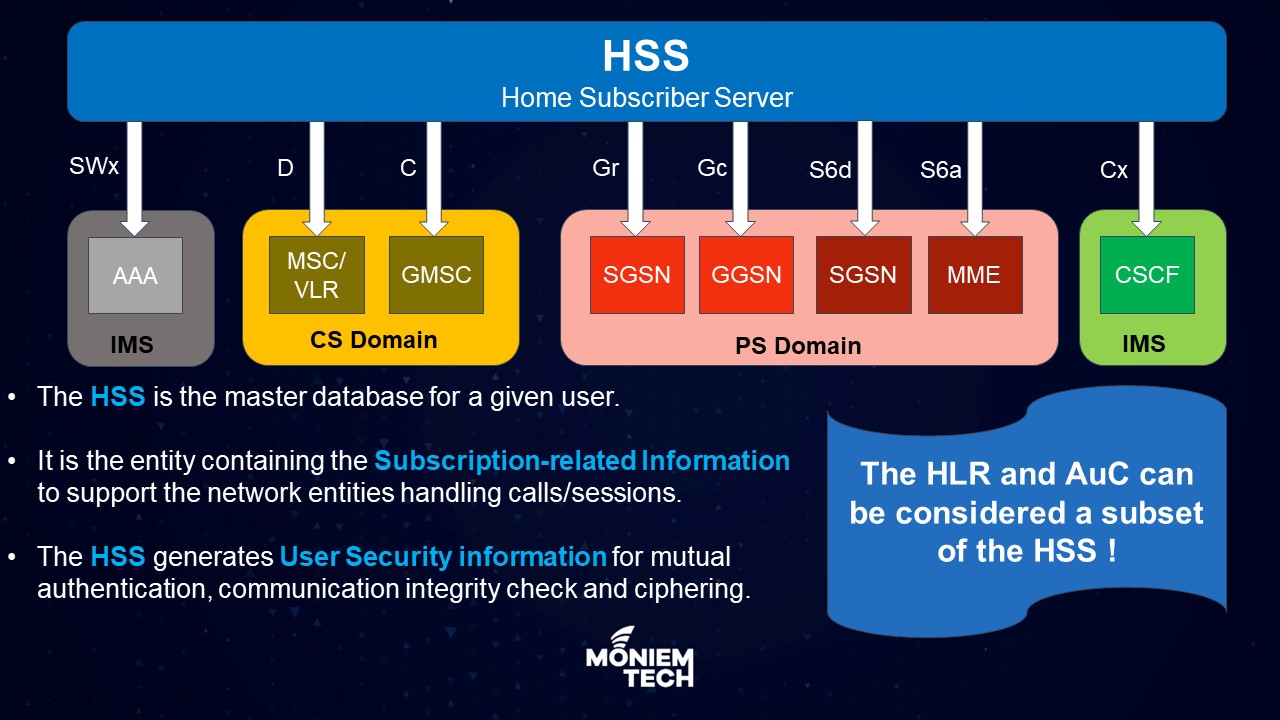
Home Subscriber Server (HSS) is the main subscriber database used within the IP Multimedia Subsystem (IMS) which provides details of the subscribers to other entities within the network.

Open RAN by disaggregation involves CU (Centralized Unit) and DU (Distributed Unit) virtualization. By decoupling hardware and software, Open RAN makes it possible to select different vendors and solutions for […]
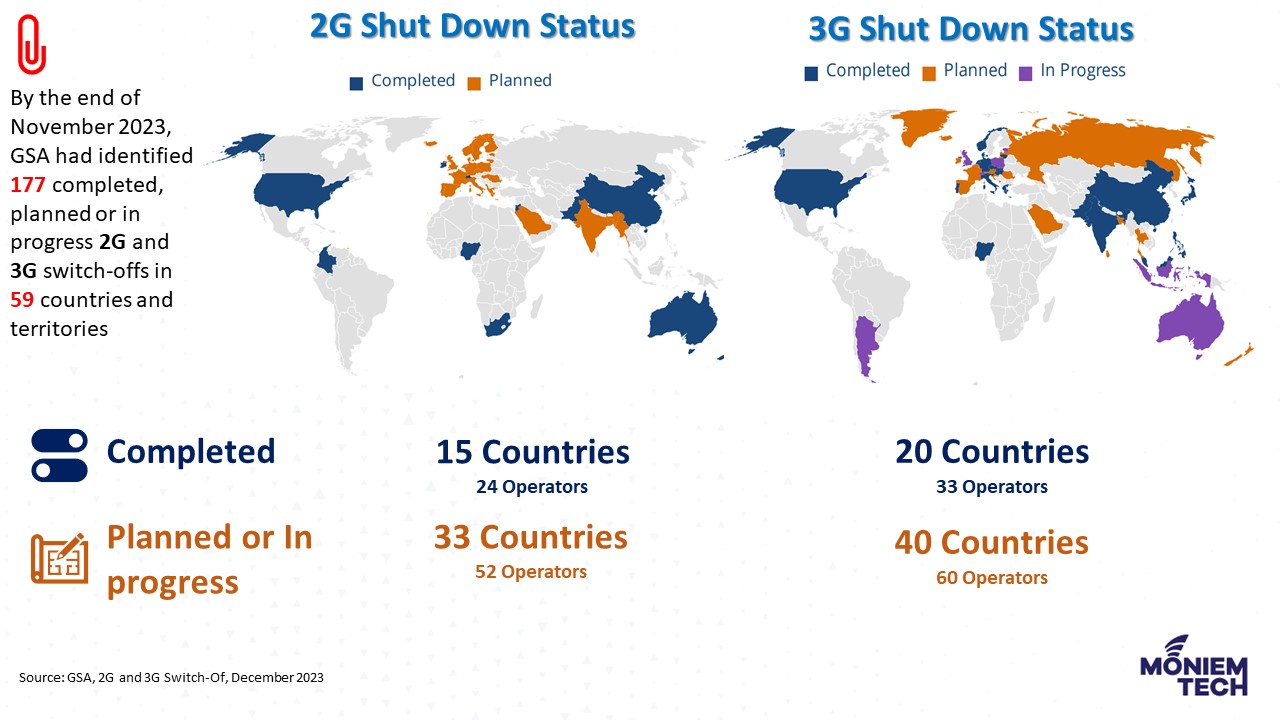
More pressure now on all MNOs to improve their spectrum utilization and resource efficiency to the maximum to cover all upcoming use cases that need different QoS and requirements. One […]
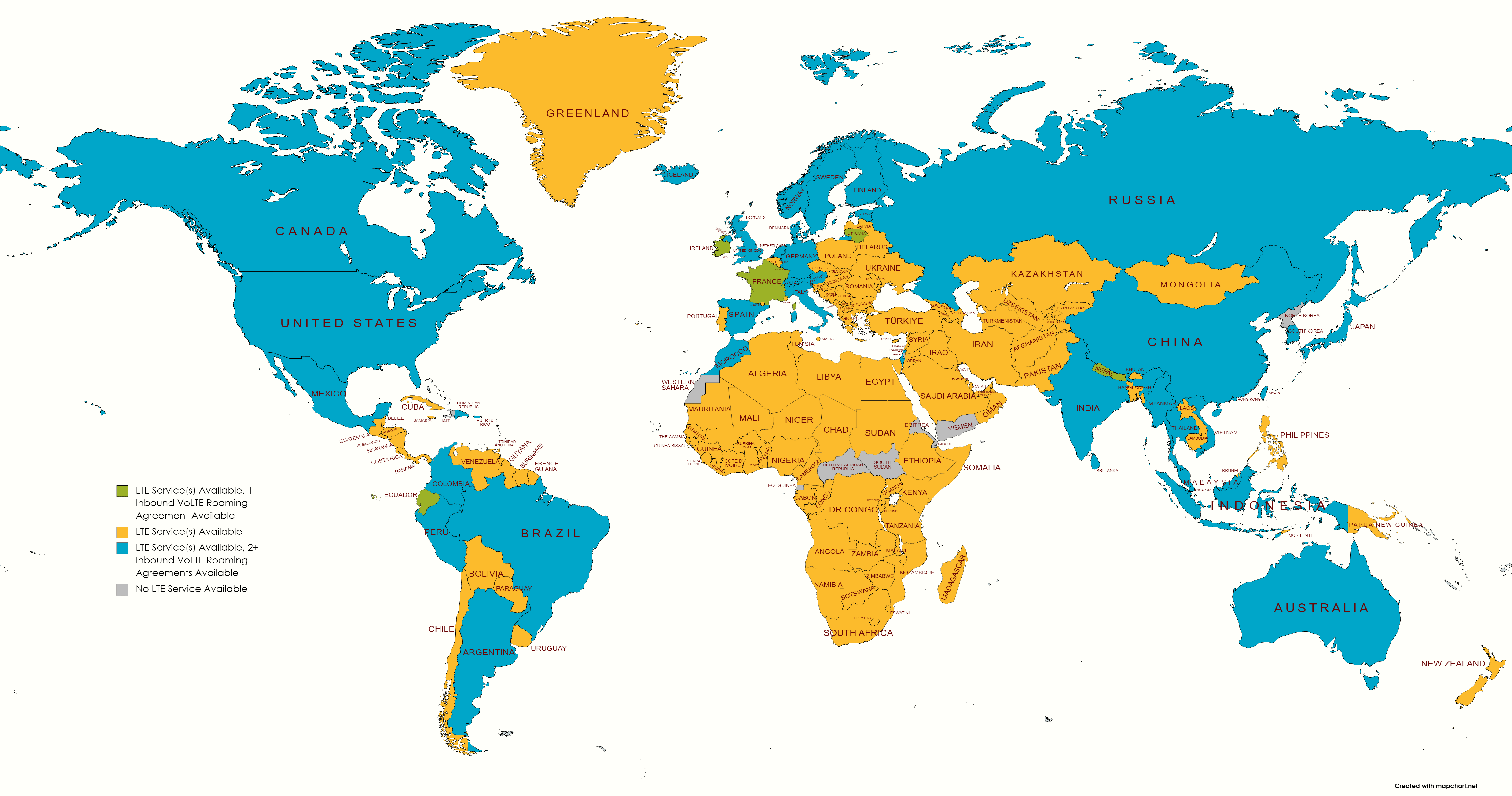
The 3rd Generation Partnership Project (3GPP) architecture has introduced a subsystem known as the IP Multimedia Subsystem (IMS) as an addition to the Packet-Switched (PS) domain. IMS supports new, IP-based […]
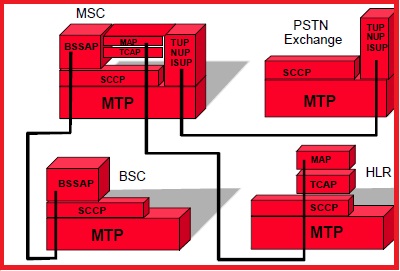
The telecommunications industry heavily relies on various protocols to facilitate the exchange of information between different network elements. One of the most important protocols in this context is the SS7 […]
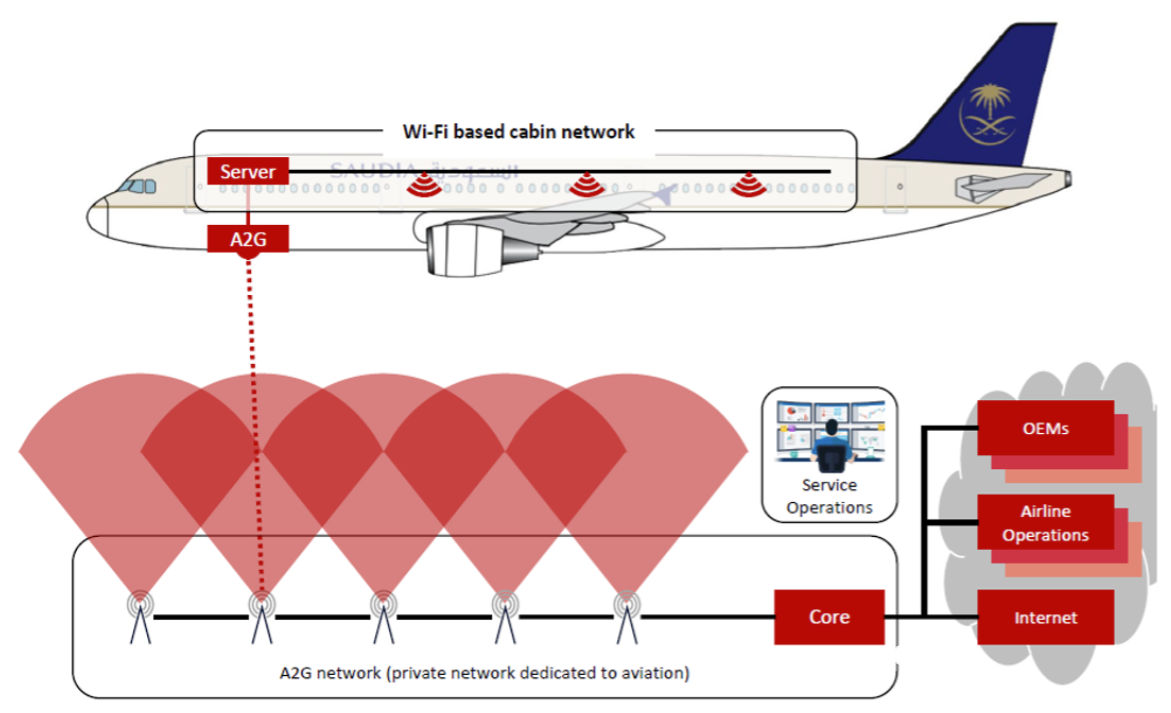
No doubt that Saudi Arabia is moving faster towards digital transformation including Connectivity for everyone. For that reason, you can see many trials in the NTN program. This is a […]
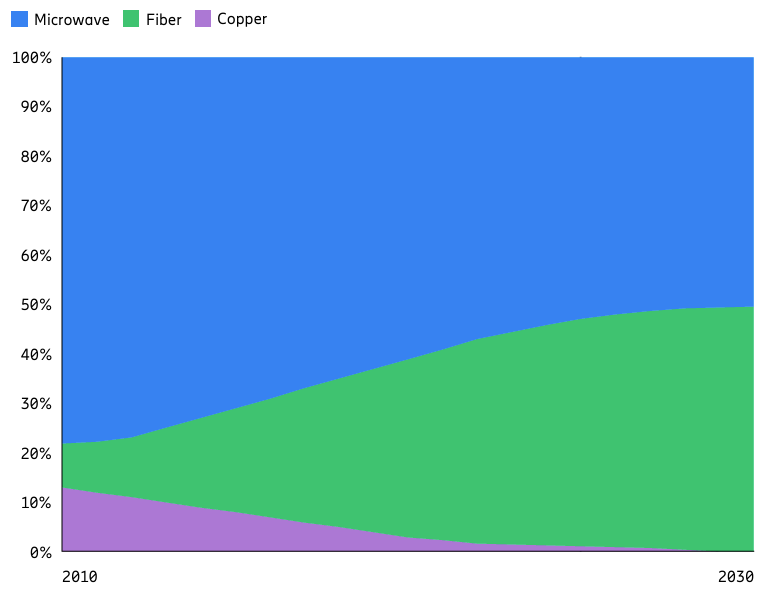
I read many papers during this year about the capabilities of microwave as a backhaul technology of 5G. I see also some claims that fiber is a mandatory technology for #5G […]
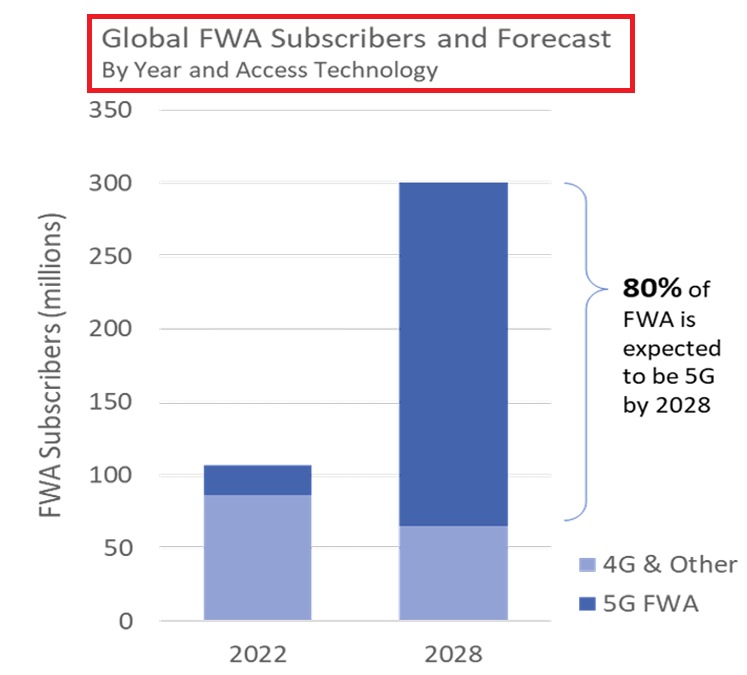
Fixed Wireless Access (FWA), a wireless link that provides connectivity to objects that are stationary or nomadic, will receive a boost thanks to improved 5G capabilities. The first 5G use […]
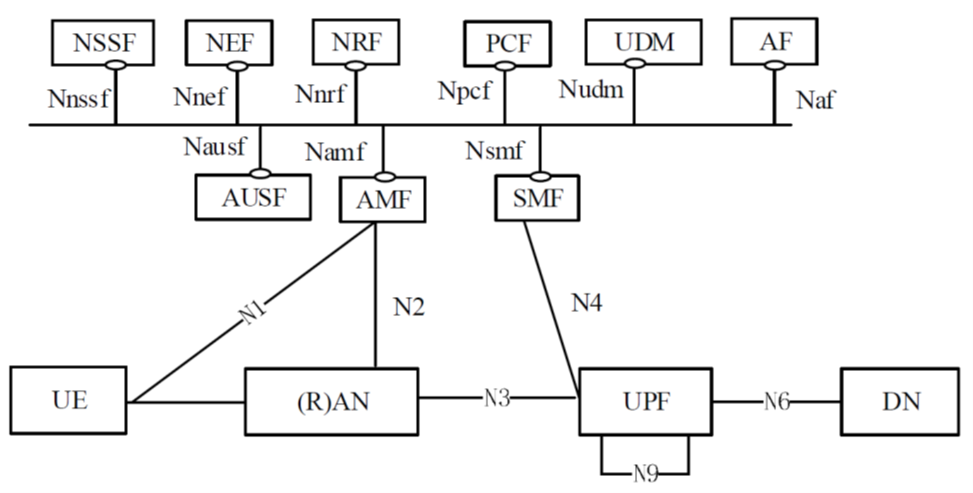
The 5GC architecture relies on a “Service-Based Architecture” (SBA) framework, where the architecture elements are defined in terms of “Network Functions” (NFs) rather than by “traditional” Network Entities. Via interfaces […]
